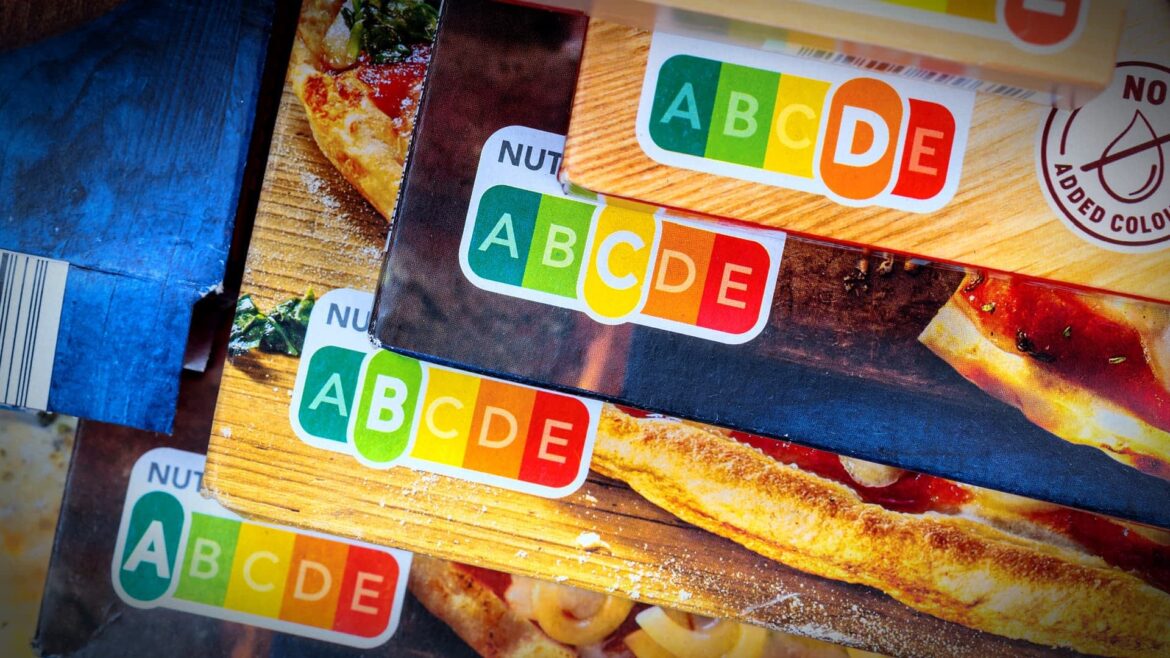Summary
The European Commission has warned Romania that its plan to introduce Nutri-Score may violate EU regulations and needs to be reviewed before implementation, citing concerns about clarity, potential barriers for food producers, and legal certainty. The objections do not reject Nutri-Score itself, but rather urge Romania to revise the draft, introduce transparent calculation methods, and clarify procedures for appeals or disputes before moving forward with the implementation.
The European Commission has warned Romania that its draft plan to introduce Nutri-Score may violate EU regulations and should be reviewed before taking effect at the end of the year.
In its detailed opinion, the Commission stated that the Romanian draft fails to address several critical issues surrounding the adoption of the French-designed front-of-pack labeling system (FOPL).
Nutri-Score is a traffic-light-style food label that uses a combination of five coordinated colors and letters to rate the healthiness of a packaged food item based on its fat, sugar, salt, and calorie content per 100 grams or milliliters serving. The “Green A” indicates the healthiest option, and “Red E” denotes the least nutritious.
The system, designed to provide consumers with a quick visual reference, has been promoted by health authorities in several EU countries as a tool to encourage healthier diets.
Brussels questioned whether the Romanian authorities had convincingly demonstrated that Nutri-Score is the most suitable tool compared to other available labeling systems.
The opinion also noted that the draft failed to explain how the expected benefits of introducing Nutri-Score would outweigh the regulatory and economic burdens for food producers and retailers.
The Commission further warned that the measure could create barriers for food products made elsewhere in the EU and sold in Romania if safeguards are not introduced.
Such barriers could result from differences in compliance costs, potentially disadvantaging producers outside Romania or distorting competition inside the single market.
According to this opinion, the draft also lacks legal certainty. It does not clearly define how the Nutri-Score label would be applied, updated or enforced.
Without such clarity, both businesses and regulators could be left without a reliable framework, raising concerns about how the system would operate in practice and how disputes would be handled.
Commission officials emphasized that any national labeling scheme must remain voluntary, avoid misleading consumers, and comply with existing EU food information regulations.
The objections do not amount to a rejection of Nutri-Score itself or of its potential introduction in Romania.
However, they mean the authorities must go back to the drawing board before implementation.
To move forward, Brussels urged Romania to revise the draft text, introduce transparent calculation methods, define objective criteria, establish effective monitoring mechanisms, and clarify procedures for appeals or disputes.
The Commission’s intervention has practical consequences as the Nutri-Score adoption is now on hold for at least three months.
During this standstill period, Romanian authorities are required to provide the Commission with a list of the amendments they intend to introduce.
If they fail to do so, the draft could still technically take effect at the end of the year. Such an outcome appears unlikely, since ignoring the Commission’s objections would almost certainly trigger infringement proceedings by Brussels or legal challenges from other member states.
The detailed opinion marks the latest setback for Nutri-Score in Romania.
Before being included in a formal draft law, the scheme had even been banned by the National Authority for Consumers Protection (ANPC) due to a technical issue with labeling rules.
That decision was later reversed, paving the way for the current draft, but the process has remained controversial and uncertain.
A key challenge for Nutri-Score, in Romania as elsewhere, lies in the regular updates to the algorithm that underpins its food ratings.
These revisions directly affect how certain popular products are classified.
France, where Nutri-Score was conceived and first introduced, only recently adopted the latest algorithm update.
That update promoted olive oils from “Yellow C” to “Light-green B.” The same update had a significant impact on ratings for dairy products and sugar-free drinks.
Implementing such changes is often complex, as they may alter the market position of entire product categories and provoke opposition from producers unhappy with the results.
Despite these controversies, Nutri-Score remains operational in several European markets.
It has been officially adopted voluntarily by France, Belgium, the Netherlands, Luxembourg, Germany, Spain and Portugal.
Outside the EU, Switzerland has also introduced the scheme, although some major companies have recently started phasing it out, and some legislators have called for its repeal.
At the EU level, Nutri-Score has been part of a long and heated debate about the need for a harmonized front-of-pack nutrition label.
As part of the Green Deal, the European Commission once pledged to propose a mandatory, EU-wide system.
However, amid the growing divisions between member states, the Commission has so far refrained from moving forward with such a proposal.


Dining and Cooking